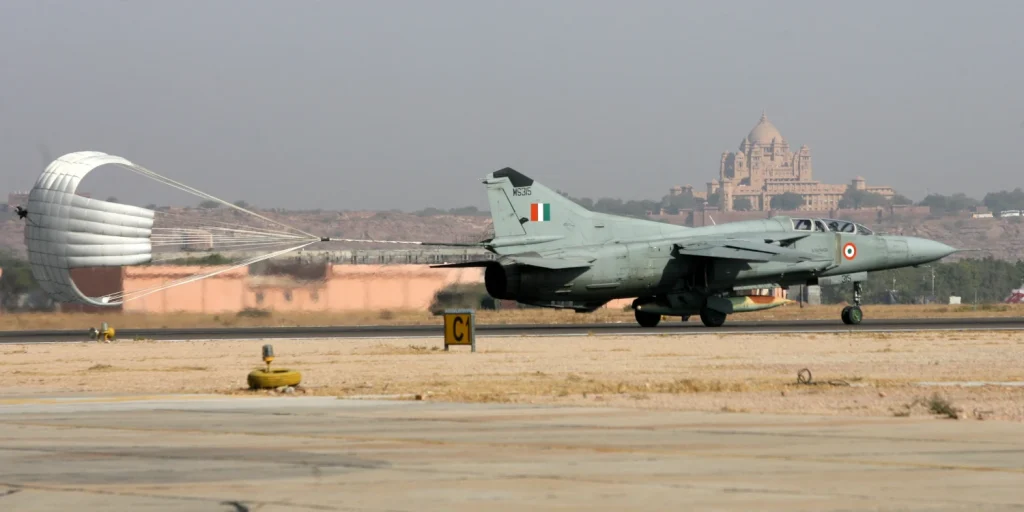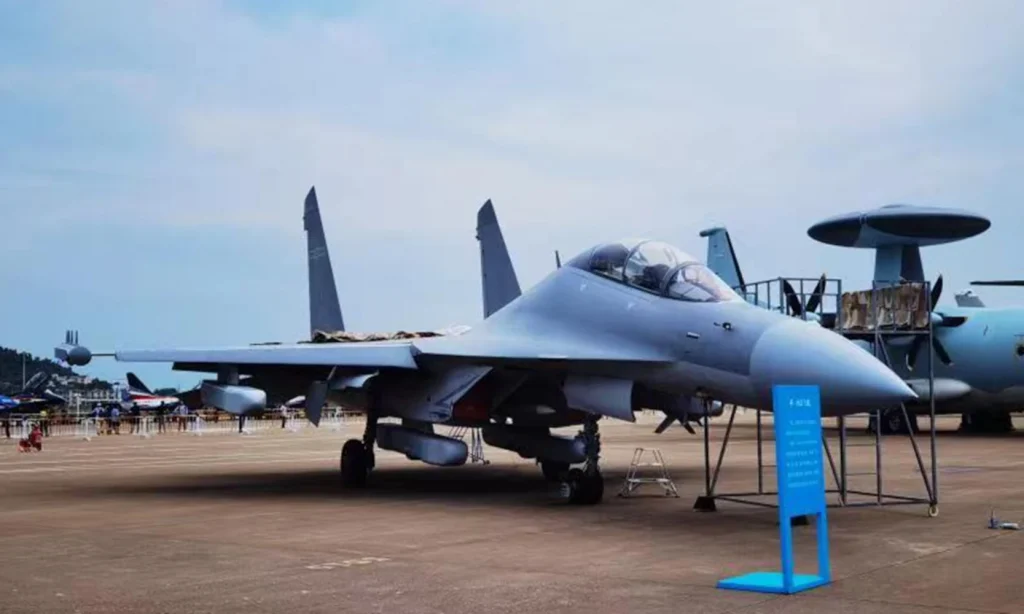In the middle of the 1960s, Sino-Soviet ties worsened because China had a history of picking fights with almost all of its neighbours. India introduced the production line for the MiG-21 fighter jet, acquiring the ability to independently build this advanced aircraft due to its strong alliance with the Soviet Union. More than 200 MiG-21s were in service with the Indian Air Force in the 1970s, while China struggled to mass-produce the J-7 fighter jet, a MiG-21 replica, and instead relied on the J-6, a MiG-19 copy.
China’s aerial and electronic capabilities were inferior to the Indian Air Force. The Chinese Air Force had no edge over the Indian Air Force in the airspace over Tibet before the 1990s, making it difficult for China to launch an offensive or adequately defend against attacks.
In the 1980s, China’s offensive and defensive capabilities were further jeopardised by the technological gap between the Chinese air force and the Indian air force. The Indian Air Force had the latest combat aircraft technology, including MiG-23s, MiG-27s, and French Mirage 2000s. Most Indian aircraft were on par with fourth-generation fighters and had limited capabilities for air warfare beyond visual range.

On the other hand, the Chinese Air Force relied heavily on fighter planes like the J-6, J-7, and J-8. There is an enormous technological chasm between the Indian Air Force’s fighter jets and the most advanced Chinese J-8 fighter aircraft, a second-generation aircraft. The MiG-29 fighter jet India introduced in 1986 made it harder for the Chinese Air Force to launch offensive operations against the Indian Air Force. At the time, the Indian Air Force was forced to compete with the F-16s that the Pakistan Air Force acquired.
In response to the Indian Air Force’s superiority in Tibetan airspace, the Chinese Air Force deployed fighter aircraft directed by ground radar for interception and coordinated with anti-aircraft artillery batteries for air defence. Chinese strategies lost ground as the Indian Air Force upgraded its fleet of fighter planes. The Chinese Air Force and anti-aircraft artillery forces in the Tibetan region faced major defensive pressure and security risks after India introduced fighter aeroplanes with beyond-visual-range combat and close-quarters dogfighting capabilities, such as the MiG-29.

The MiG-29, a state-of-the-art fighter plane, significantly increased the risk associated with the Indian Air Force’s operations in Tibetan airspace. This fighter jet offered formidable aerial combat skills thanks to its large combat radius and high agility. The Chinese Air Force was forced to adapt its air defence methods, and battle plans to account for the new generation of fighter planes.
The Chinese Air Force needed better radar surveillance and early warning capabilities to successfully counter this danger and quickly obtain intelligence on the movements of the Indian Air Force. To guarantee the safety of Chinese airspace over Tibet, the Chinese Air Force also needed to upgrade its anti-aircraft missile systems.
To catch up to the Indian Air Force in terms of technology, the Chinese Air Force undertook a programme of constant technological innovation and modernisation changes. As time passed, the Chinese Air Force acquired more advanced fighter jets like the J-10 and J-11 (a clone of the Russian Su-27), significantly boosting its combat strength and operating capabilities.
Along with China’s reform and opening up in the 1990s, the country’s national strength grew tremendously. During this time, military technology changed quickly, making the Chinese Air Force much better at fighting generally. After the Soviet Union broke up, Russia resumed military trade with China and sold powerful Su-27 fighter planes to China because it was worried about its economic decline.

The Su-27 fighter jet was first used by the Chinese Air Force in 1992, and since then, it has gradually gained capabilities comparable to those of the Indian Air Force. The Indian Air Force started mass-producing Su-30 MKIs in the 2000s. China also bought SU-30 MKKs and Su-35s and started producing Su-27 variants. The Chinese Air Force has come a long way and has built several cutting-edge fighter planes like the J-20 and J-16 (a derivative of J-11, a copy of the Soviet Su-27).
To maintain its combat supremacy over the Chinese Air Force, the Indian Air Force has modernised its existing jets, such as the Mirage 2000 and Su-30MKI, while introducing the French 4.5 generation Rafale fighter armed with Meteor BVR missiles.
The Chinese are still at a disadvantage because their planes can only take off partially loaded from the air bases on the Tibetan plateau, so they have to come in from far away with the help of refuelers. The Chinese still rely on a robust system of radars and other air defence systems. UAVs have been deployed in significant numbers, giving them an edge that can make up for the fact that aircraft in Tibetan airspace cannot take off with a full load.

nice
Cat and mouse game will go on between India and China!